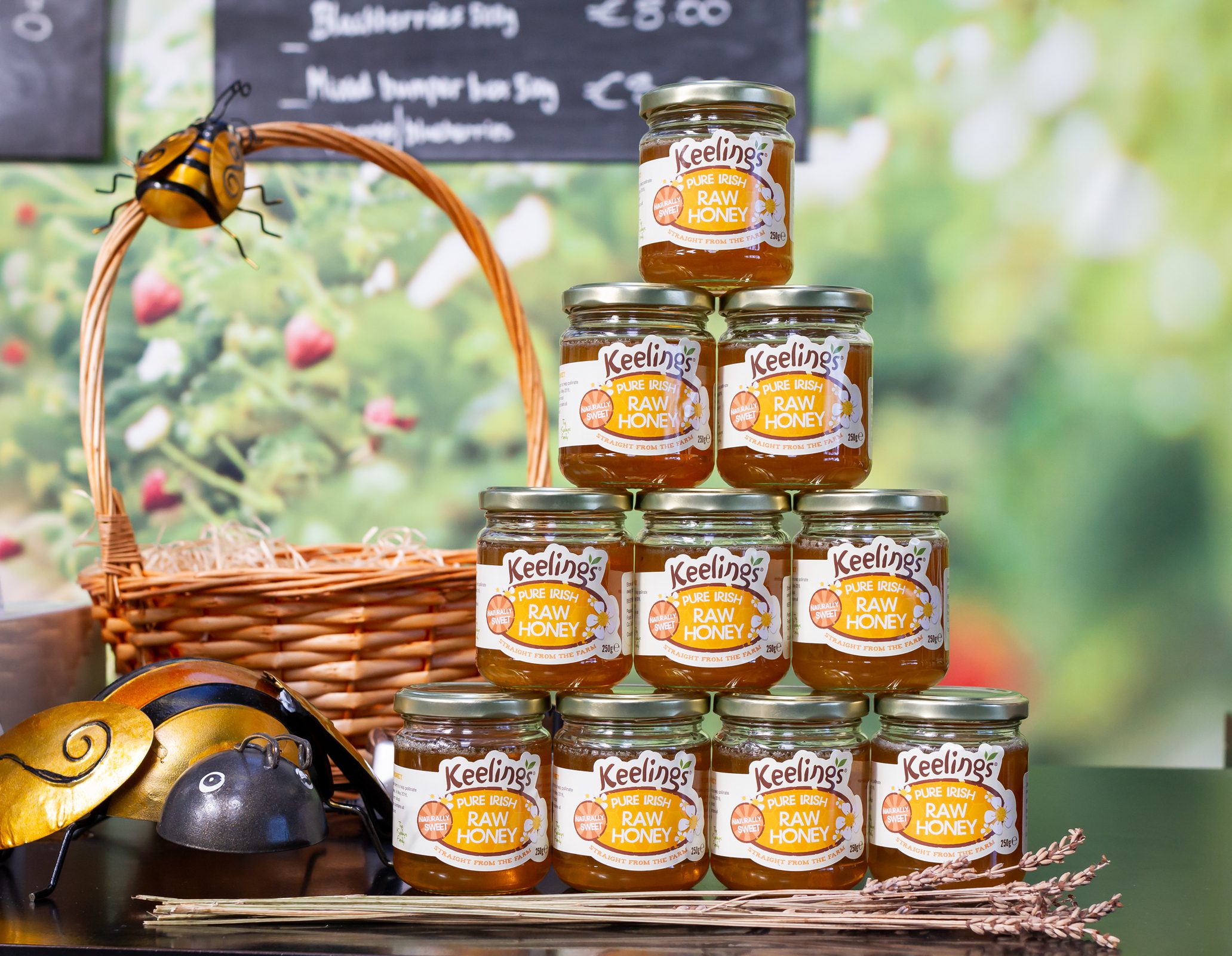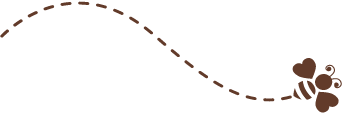Honey bring me thoughts of childhood; Just think of Winnie the Pooh and the Bee movie! Bees and flowers become active in the springtime with the warm weather and flowering of plants. They remain active throughout the summer until autumn. It is a beautiful time of year when nature brings colourful flowers, and our diets become more filled with fruits and salads.
But did you ever wonder how bees actually make honey? Bees start by collecting nectar from flowers and bringing the nectar back to the hive. Once home, the bees chew the nectar repeatedly, which enzymatically breaks down the sucrose within the nectar into its main components of glucose and fructose, making honey. From there, the honey is stored in a wax honeycomb in the hive to allow excess water to evaporate, a process the bees hasten by fanning the honeycomb with their wings. And we are left with a sticky liquid that we know as honey.
Honey can differ in colour and flavour, which can be determined by the flowers from which the nectar is harvested. Clover and orange blossom honey come from nectar, specifically from those types of flowers. In contrast, wildflower honey comes from an assortment of flowers. Lighter-coloured honey tastes slightly milder and is more commonplace. In comparison, darker honey, like Manuka honey, comes from the nectar and pollen of the Manuka bush in New Zealand and is a stronger flavour.
Honey comes in either raw or pasteurised form. Raw honey is unprocessed, meaning it’s removed from the hive and bottled straightaway. It will contain trace amounts of wax and pollen. Pasteurised honey has been heated and processed to remove impurities and extend shelf life. Both raw and pasteurised honey is considered safe to eat except for children under one, who should avoid all honey.
One common belief is that honey is good for you… but is this true? Some research suggests using honey as a natural cough remedy. It is a good natural starting point to try if you have a cough. Try having a teaspoon or mixing it with hot water and lemon. Medical honey can also treat wounds, but this is separate from table honey! Medical honey has antimicrobial properties; an example would be medical-grade Manuka honey. It works by reducing or stopping the growth of bacteria in the wound.
However, despite its health qualities, honey is still an added sugar. Too much is not good for your health. If putting on your porridge or natural yoghurt, keep it to one tsp. Add fruit for natural sweetness. And if you want to use it medicinally, always check with a health professional first.





